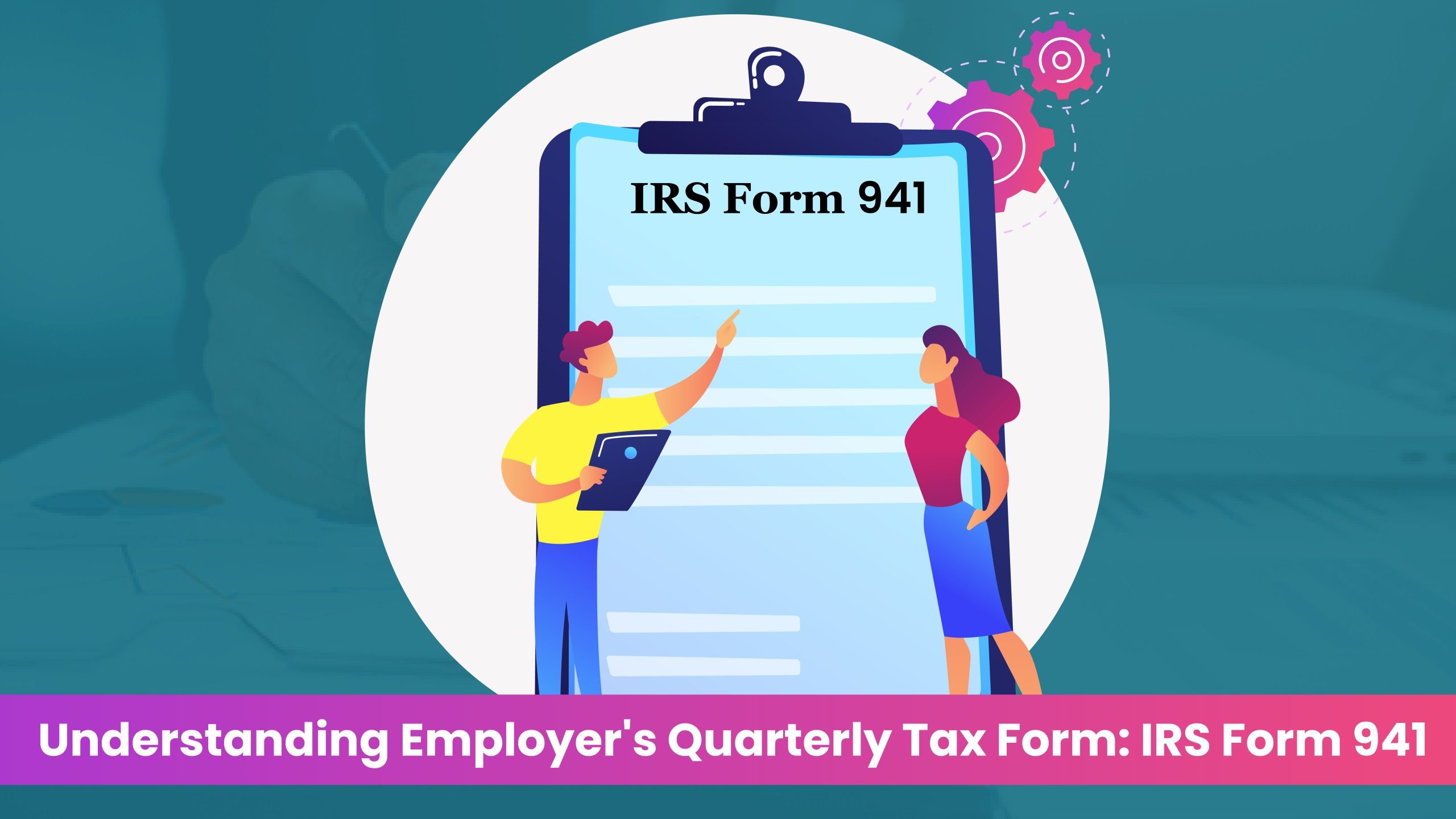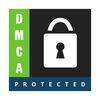
IRS recommends numerous taxation regulatory forms for capital-generating assets of the economy. These taxation forms and record helps to keep a detail-oriented financial record of their respective stakeholders. The range of variance differs for all. Ahead in this blog, we’ll discuss Form 941 and Form 941x.
Form 941 is an IRS-suggested taxation form filed quarterly by employers with a motive to report income taxes, social security taxes and medicare taxes withheld from an employee’s paycheck.
What is IRS form 941 used for? Form 941 is a payroll-related tax return used by businesses to report employment taxes like federal income tax withholding and additional medicare taxes. Businesses or employers are expected to complete the filing process of form 941 quarterly in a year, that is, April 31(first quarter), July 31(second quarter), October 31 (third quarter) and January 31 (fourth quarter).
Due to the recent developments in the influence of the COVID-19 pandemic, tax credits have been introduced. COVID-19 pandemic credit is a special employment tax credit against the businesses portion of social security tax on wages. The nominal ratio captured from each employee’s payroll for social security insurance is 6.2% and 1.45% of taxable wages for medicare taxes.
What is the purpose of federal Form 941?
The purpose of form 941 is to report employment taxes. This form requires employers to withhold certain taxes from employees’ payroll. Yet not all employers are subjected to file form 941. Employers withholding medicare and social security taxes are expected to file form 941. The filing status is mandatory for employers satisfying the main parameters of inclusion of filing. Employers with more than $50,000per a year in tax withholding are required to deposit on a semi-weekly basis, while on the other hand, employers with less than $50,000 in tax withholding are required to make deposits monthly.
Process of filling Form 941
Form 941 could be filed only through any process, electronically or by mail. The IRS allows employers to file form 941 online with the Electronic Federal Tax Payment System (EFTPS) assistance. The Department of Treasury introduced EFTPS to pave a reliable channel for payment actions after initial enrollments.
Form 941 does not require a detailed list of documents for its completion. Yet business owners and employers have to fill in multiple numbers of information. The number of employees, total wages paid, federal income tax withheld from each employee, all social security withholdings, any adjustments made for any group, life insurance and sick leaves, and all medicare withholdings. The form is divided into five parts. All five parts are crucial and mandatory to be responded efficiently.
Penalties under Form 941
When businesses fail to payroll tax on time, then the business is held accountable for a failure-to-file penalty. This penalty deducts 5% of the proportion from the payroll as a penalty, and it could reach upto 25%. The consequences of failure-to-file penalty are garnishments of business’s bank accounts, levy on account receivables, and a lien attached to business owner’s real property and business equipment.
IRS penalizes the late filing of businesses. If the tax payroll deposit is late for one to five days, businesses would be charged a 2% penalty amount. Deposits made between six to fifteen days late would be charged with 5% of the penalty amount. And for late filing of more than sixteen days, businesses would be charged 10% extra for the penalty amount. All these penalty amounts are charged in addition to the interest amount.
IRS defines negligence as a business’s ‘care, reckless and intentional disregard’ approach towards regulatory policies. If any business is held accountable for negligence, the following business is subjected to pay an additional 50% of interest on every underpayment. Also, if IRS identifies negligence at a major level as fraud, it would be subjected to pay 75% of tax.
Guidelines suggested by IRS for form 941
IRS recommends qualified businesses and employers file 941 precisely and carefully. Discrepancies while filing form 941 could result in faulty records of information. Yet to ease out the way of correcting form 941. Form 941x was introduced on a disciplinary basis.
What is form 941 x? Form 941 is used to correct directory discrepancies made in form 941.
Codependence of Form 941 and Form 941 x
The codependence between form 941 and form 941x is quite obvious and evident. Form 941 is used to report tax credits out of the payroll. Tax credits account for social security and medicare taxes majorly. While on the other hand, any erroneous reporting and discrepancies while filing form 941 could be corrected by filing form 941x for each quarter that requires correction. If the filing of form 941 is intact, then there wouldn’t be any likely need to file form 941.




